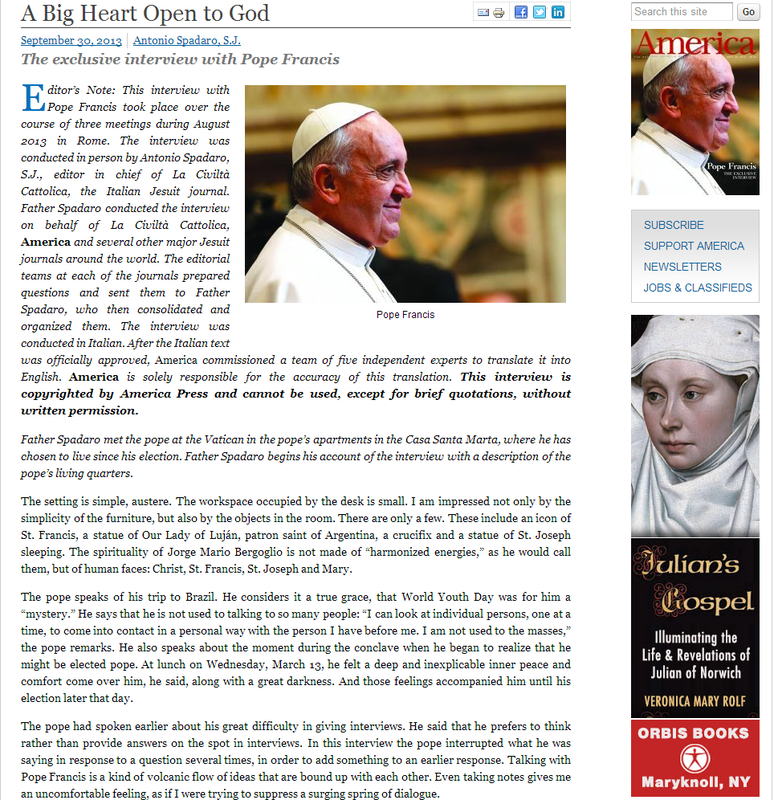|
And the beholding of this [Christ's sufferings on the cross], with all the pains that ever were or ever shall be—and for all this, I understood the passion of Christ to be the greatest pain and overpassing [all other pains]—was shewn in a touch, and readily passed over into comfort. For our good lord does not want the soul to be frightened by this ugly sight.
History of Suffering During her extraordinary Revelations, Julian was granted an instantaneous image of the history of suffering that has been endured because of sin, but she saw that the passion of Christ was the most all-encompassing agony that ever was or ever could be. Still, the Lord did not allow her to dwell on the pains of humankind, nor even on his passion on the cross, as he had in a previous Revelation. Julian envisioned this universal suffering “in a touch,” a mere glimpse, and was immediately given comfort lest the physical and emotional impact plunge her soul into terror. The Causes of Suffering Maimings and murders, poverty and homelessness, wars and social unrest, even famine, drought, and the outbreak of deadly pestilences as well as fires, earthquakes, and floods are all results of the sins of human beings toward each other which, in turn, cause catastrophic upheavals in nature. The evil of sin perpetrates every form of violence and abuse visited on the young and the strong, on infants and the aged, on the infirm and the weak. It penetrates to every level of our physical environment, infects every aspect of our daily life. Sin destroys families and disrupts governments, sets one nation against the other and casts down empires. While sin itself may be technically no-thing, lacking any form of real existence, the pain it causes is some-thing, inasmuch as it is undergone and suffered, as Julian testifies. Still, she affirms that this suffering, great as it may be, is only “for a time” in the eternal scheme of things. And in that time, it humbles and purifies us, teaches us our fatal flaws and weaknesses, and brings us to our knees in search of God’s mercy. As such, sin can be behovely, useful, necessary, even fitting and good, as Christ has said. It can, by a miraculous alchemy, have a positive outcome. . . The Passion of Christ According to Julian, this transformation of sin and decay into glory is possible only because the passion of Christ strengthens us to endure the effects of sin, and it is precisely Christ’s “blessed will” that his passion should do so. Even more, the tender love of the Lord comforts us “readily and sweetly” in our sufferings, constantly reassuring us: “It is true that sinne is the cause of all this pain, but alle shalle be wele, and all manner of thing shalle be wele.” No Manner of Blame These words were shewn full tenderly, shewing no manner of blame to me, nor to none that shalle be saved. Then it would be a great unkindness of me to blame or wonder at God for my sinne, since he blames me not for sinne. Here Julian introduces a theme that will reverberate throughout her text. While she never denies or mitigates human responsibility for sin, she also never sees Christ on the cross attaching any blame to human beings for their sin. It is a striking concept, a seeming contradiction of the ancient and medieval teachings on the terrible “wrath of God” ready to strike down sinners and send them to hell. Yet at no point does Julian deny God’s sovereign right to judge, or even possibly to condemn sinners to eternal punishment. She simply recounts what she saw and heard in her Revelation; namely, that God shows only tenderness and not blame toward those “that shalle be saved.” Again and again, in one way or another, Julian specifies that those who turn to God humbly and in contrition for sin will surely feel his tender mercy. As for those who refuse to seek God’s mercy, Julian simply did not see them, any more than she saw sin. (See Julian's Gospel, pgs 385-387) Our Tragic World Let us contemplate the passion of Christ on the cross during these horrific days and nights of ongoing wars in Syria and Iraq, in Israel and Palestine, and between Russia and Ukraine, resulting in the maiming and killing of innocent victims as well as the displacement of millions of people and the shooting down of a passenger plane -- with unimaginable suffering on all sides. We cannot blame God for humanity's sins of hatred toward "the other," its thirst for revenge, and its vicious brutality that perpetrate these wars. We can only blame ourselves. Every time we hate our neighbor, wish him ill, vent our anger, seek retribution, or commit an act of violence . . . we become part of the problem. Let us pray that the passion of Christ will strengthen us, as it did Julian, to endure the terrible effects of sin in our world. And let us hope that Christ's sufferings will eventually transform the anger of the nations -- and our own -- into a profound desire to live in peace.
0 Comments
|
Archives
June 2024
-amazon.com/author/veronicamaryrolf
All text copyrighted © 2013-2018 by Veronica Mary Rolf. All rights reserved. No copying or reprints allowed without the express permission of the Author. |
 RSS Feed
RSS Feed
